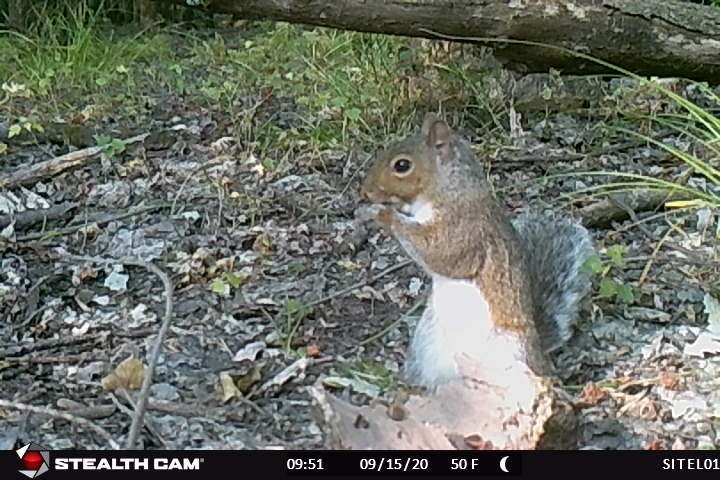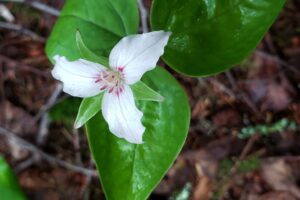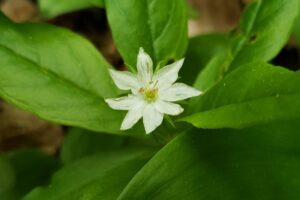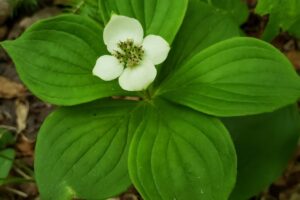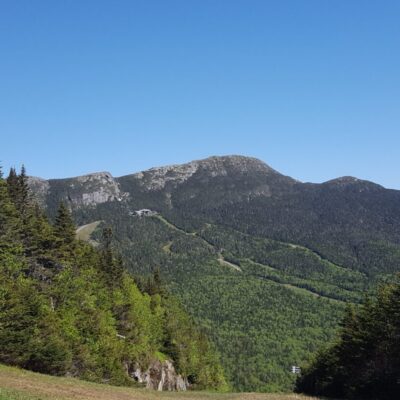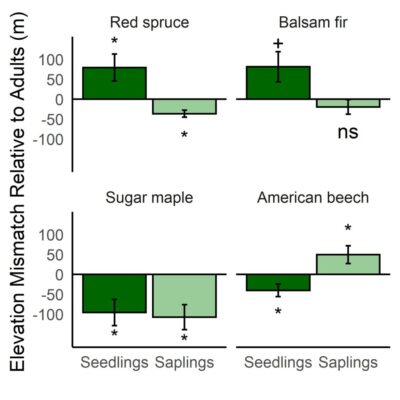Climate change and montane plant communities
As part of my postdoctoral research with the AMC, I study how climate change will influence the character and function of montane forest and plant communities in the northeastern United States, which includes northern hardwood forests, spruce-fir forests, and alpine plant assemblages. In particular, I am currently investigating the shifting patterns of spring phenology of montane forbs and trees (flowering and leaf out timing).
Mycorrhizal fungi and their impact on seedling establishment
Global warming will shift the climatic niche of many tree species to higher latitudes and elevations across the globe, however, unsuitable soil biota may inhibit these shifts. The role of mycorrhizal fungi in facilitating seedling establishment within forests beyond range boundaries has not been fully explored. I used a multi-step experimental approach to isolate and quantify the effects of mycorrhizal colonization and mycorrhizal network connectivity on tree seedling survival and growth across a gradient of elevation which covaries with climate and soil chemistry. Both an arbuscular (AMF) and an ectomycorrhizal (EMF) associated tree species were examined. Within range soil inoculum in a greenhouse setting increased seedling survival and growth, however, only seedling survival was significantly improved by mycorrhizal colonization in field studies. Sustained connection to a mycelial network increased seedling survival beyond range edges and decreased heavy metal concentrations and pathogen infection for the AMF associated species. These results demonstrate that mycorrhizae can help facilitate tree seedling establishment beyond range boundaries in forested ecosystems, and that the magnitude of this effect is dependent on the dominant mycorrhizal type present. Future work in this realm should utilize multiple experimental approaches and should consider other mycorrhizal benefits besides nutrient exchange.
I am also interested in how understory plant community composition and overstory dominant mycorrhizal types influence mycorrhizal colonization and tree seedling survival.
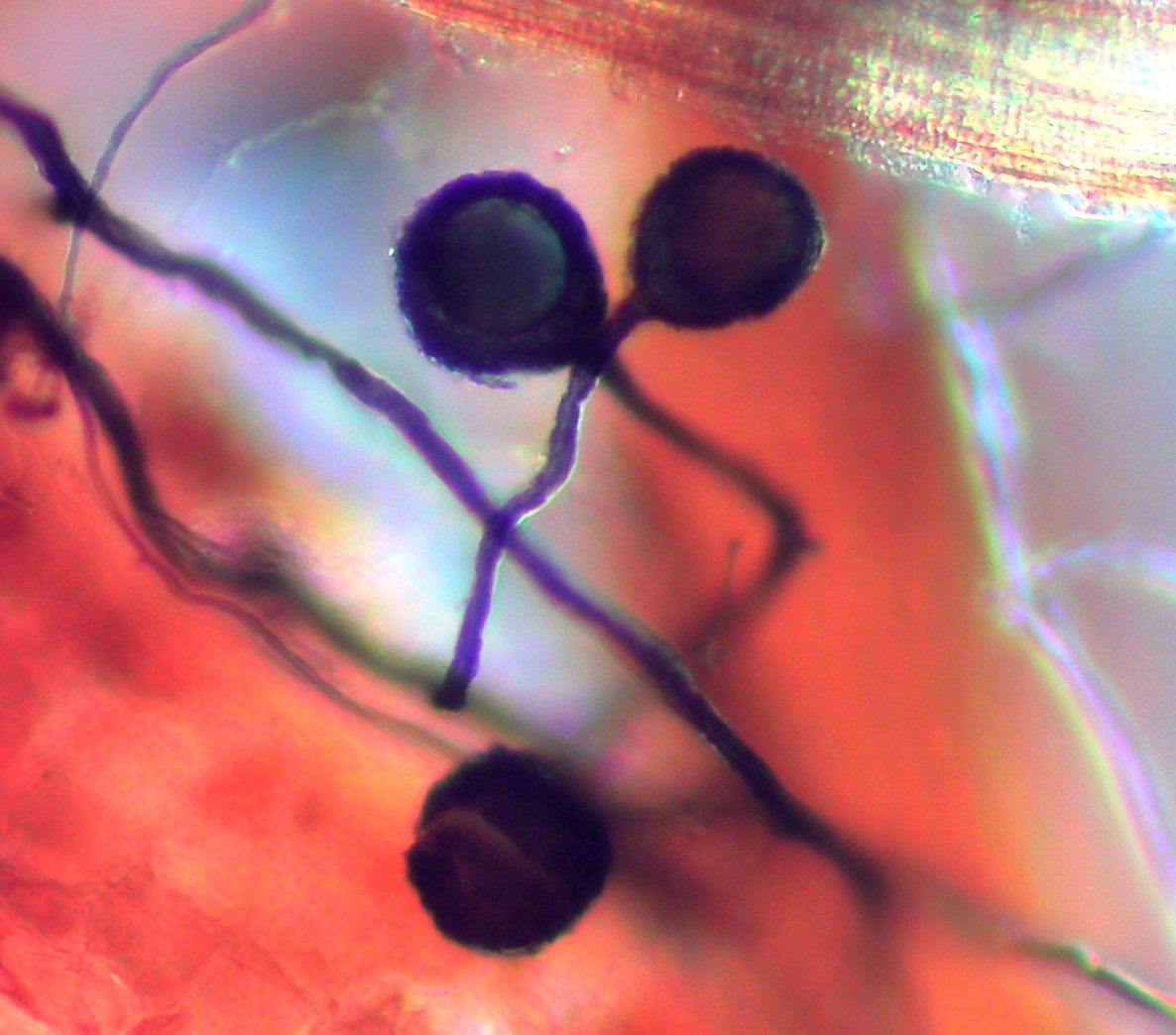
Tracking species range shifts along elevation gradients
Many montane tree species are expected to migrate upslope as climate warms, but it is not clear if forest canopy gaps, which can facilitate tree seedling recruitment, serve as an important mechanism driving tree species range shifts. Patterns of tree seedling establishment can inform us about early stages of tree species migrations and are critical to examine in the context of global climate change. I have contrasted elevational distributions of tree seedlings both within and outside of forest canopy gaps with the distributions of conspecific adults and saplings across the deciduous-coniferous ecotone on ten mountains in four states of the northeastern United States. I have found limited seedling recruitment of dominant tree species at the temperate-coniferous ecotone, which can attributed to (i) an observed downslope shift of seedling distributions of the low-elevation deciduous species and (ii) an upslope shift in seedling distributions of the high-elevation conifers. Canopy gaps in high-elevation conifer forests facilitated these upslope shifts by promoting conifer seedling recruitment. However, gaps at lower elevations did not play a significant role in seedling recruitment or the observed downslope shifts of the dominant deciduous species. Climate was the dominant predictor of adult tree distributions whereas both climate and soil were important predictors of seedling distributions. This work illustrates that tree seedlings have the potential for monitoring the early stages of tree species migrations, and particularly so in canopy gaps in high-elevation conifer forests. I also stress that species range shifts are sensitive to local scale heterogeneity in light availability (i.e., canopy gaps) and other non-climatic factors.
Monitoring montane treelines in New England
Montane treelines are influenced by a range of environmental drivers and are anticipated to shift their location in response to climate change. As the regional climate in the northeastern United States has warmed over the past several decades, it seems likely that treelines have advanced upslope at the expense of alpine vegetation. I have compared current and historical high-resolution aerial imagery from the Presidential Range of New Hampshire and Katahdin in Maine to quantify the regional advance of treelines over the last four decades. Spatial analyses were coupled with ground surveys of forest vegetation and topographical features to ground-truth treeline classifications and to provide information on additional possible drivers of treeline location. Regional treelines have significantly shifted upslope over the past several decades (3 m/decade). My findings suggest that cooler, high elevation and less dense treelines may be more sensitive to increasing temperatures than other areas and can serve as key indicators of rapid climatic change in the future.

The role of herbivory in influencing tree range expansion
Preferential granivory or foliar herbivory by mammals has the potential to create tree migration lags by reducing germination success and increasing seedling mortality beyond range edges. To determine how granivory may limit establishment of trees beyond their range margins, I have conducted a series of seed choice and seed fate experiments within distinct forest communities across elevation gradients on mountains in the northeastern United States. Multinomial logistic mixed effects models were used to quantify seed preference and assess relationships between preference and abiotic variables. I find that temperate tree species with either high seed mass or nutritional value experience substantial granivory beyond their range margin, partially explaining the observed lag between tree dispersal and climate change. I suggest that granivory in particular is vital to consider when modeling future tree species distributions under various climate change scenarios.
